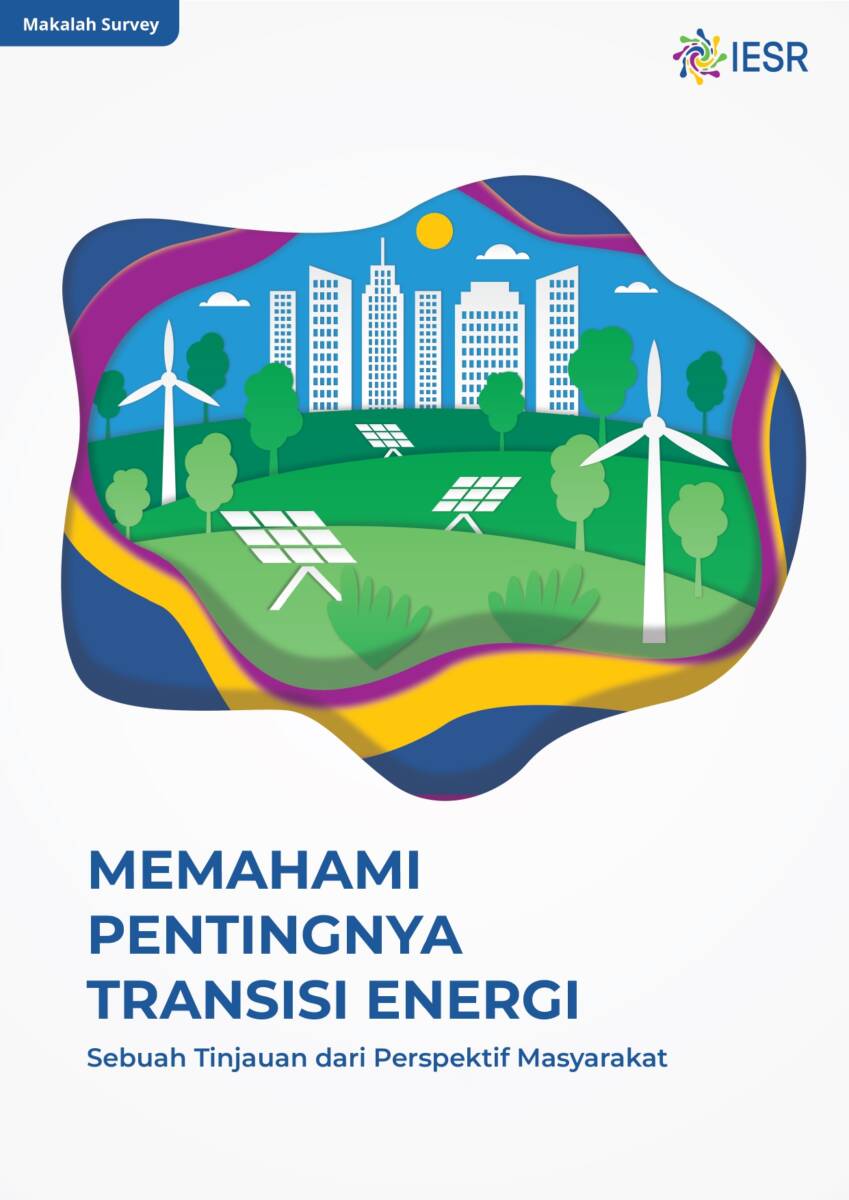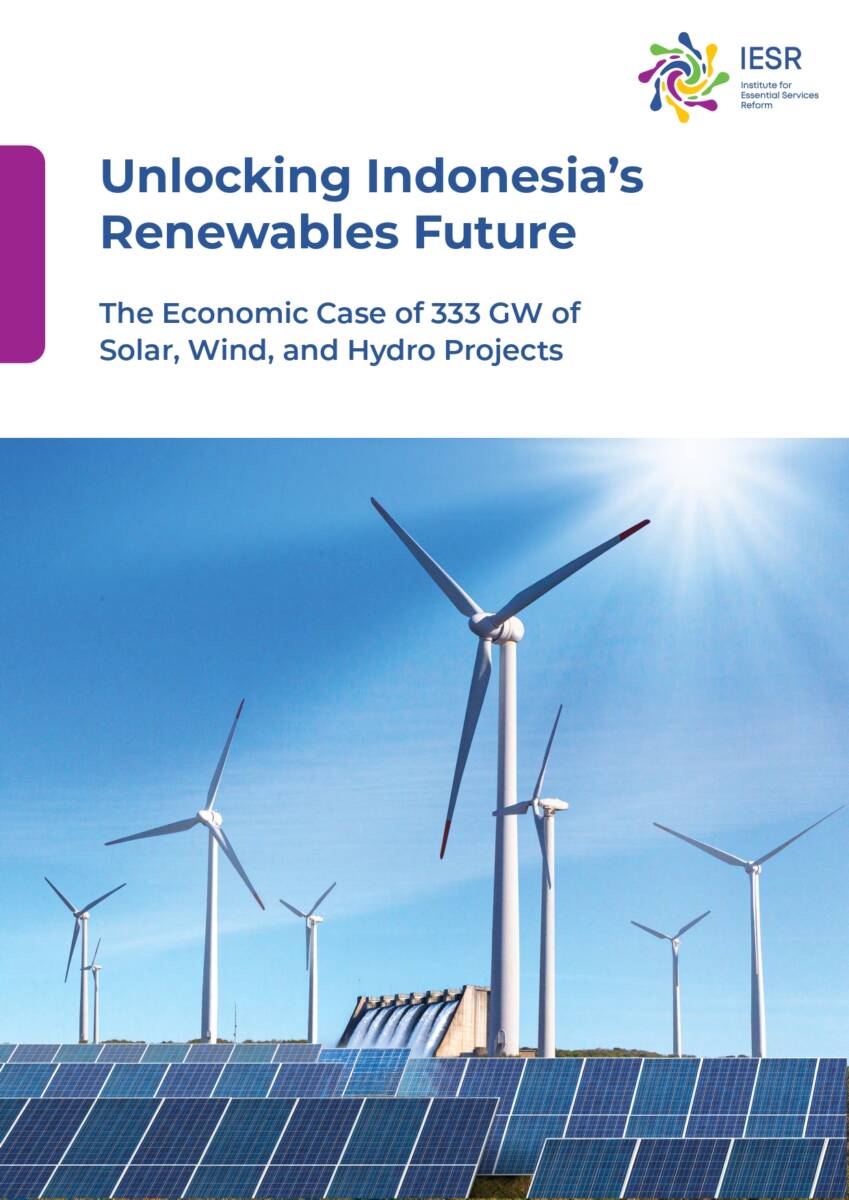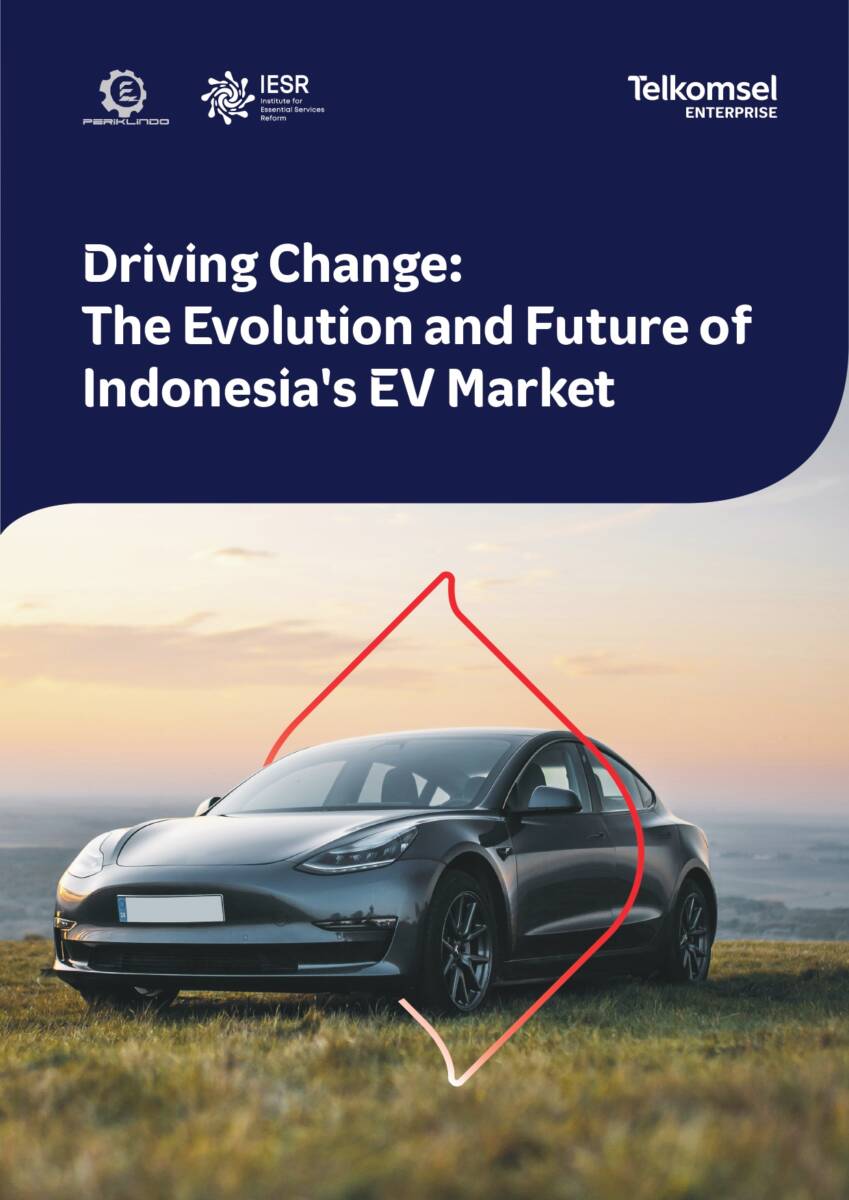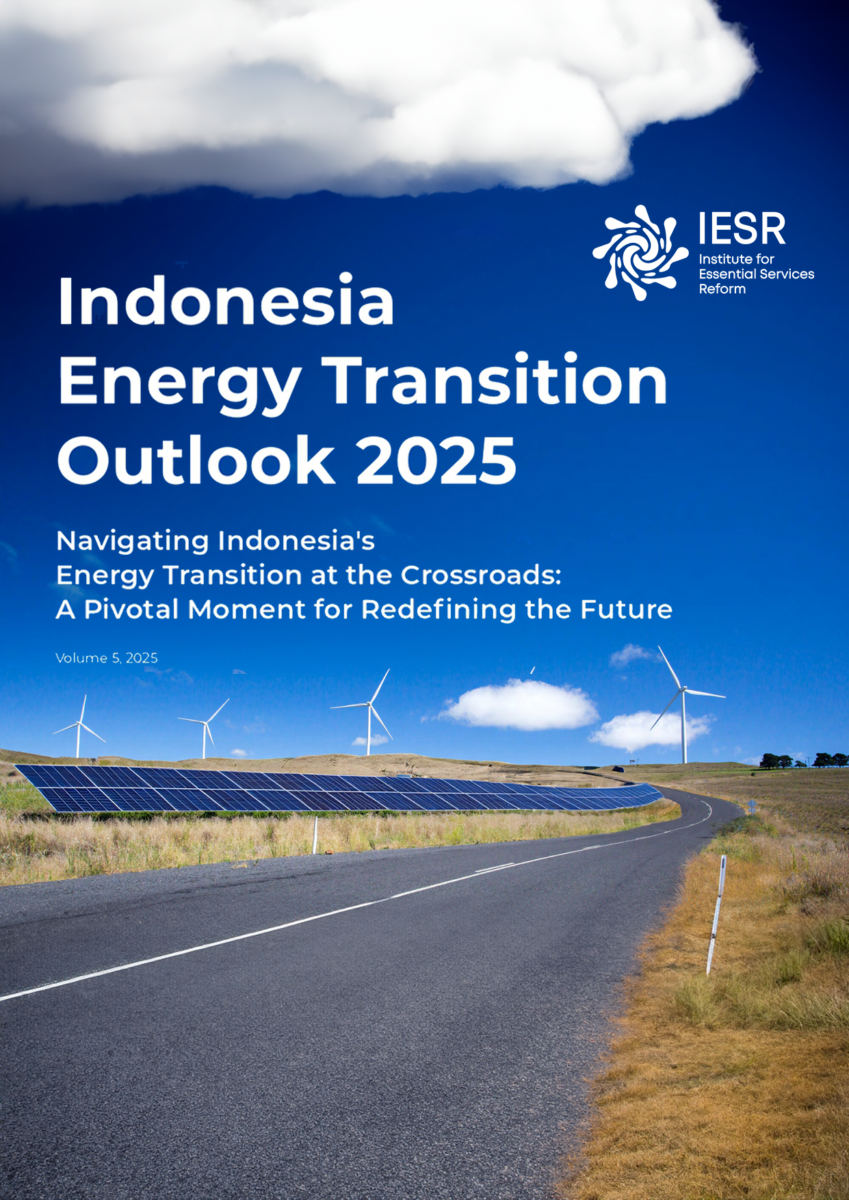
Understanding the Importance of the Energy Transition – A Review from a Community Perspective
Amidst the global challenges faced due to climate change, the Institute for Essential Services Reform (IESR) took an important step

Unlocking Indonesia’s Renewables Future: the Economic Case of 333 GW of Solar, Wind and Hydro Projects
The publication, Unlocking Indonesia’s Renewables Future: the Economic Case of 333 GW of Solar, Wind and Hydro Projects, examines the

Driving Change – Evolution and Future of Indonesia’s Electric Car Market
This white paper is a collaboration between IESR, Telkomsel, and Periklindo that explores the evolution and future of the electric

Transforming Central Java Industry with Solar Energy
Central Java has taken a step towards a cleaner energy future by encouraging the use of rooftop solar power plants

Indonesia Energy Transition Outlook (IETO) 2025
Navigating Indonesia’s Energy Transition at the Crossroads: A Pivotal Moment for Redefining the Future Indonesia stands at a critical juncture

Bumi Sriwijaya’s Footsteps to Energy Independence
Explore South Sumatra Energy: Bumi Sriwijaya’s Footsteps to Energy Independence is a book that takes readers on an interesting journey
